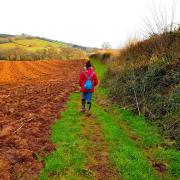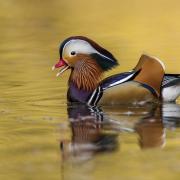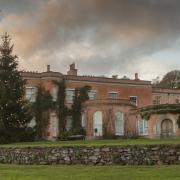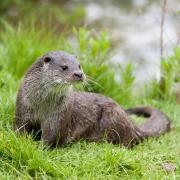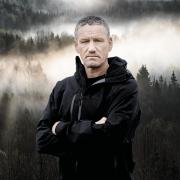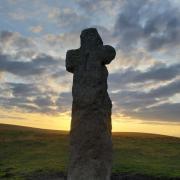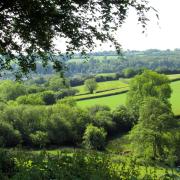The coastline of Devon is very beautiful and surprisingly varied with wide-open estuaries, undulating dunes and vast expenses of sandy beaches but arguably it is most impressive where sea and rock come together. Headlands, cliffs and sea stacks standing their ground against the tempestuous ocean, now that’s proper coastline and well worth exploring in May when flowers, birds and butterflies begin to do their thing.

Thrift, sometimes known as ‘sea pinks’, are possibly the most obvious flowers. Their tiny pink flowers gather in small heads above its cushion-shaped mounds of silvery, needle-shaped leaves. Plants find it difficult to grow on cliff-tops because of the desiccating effect of the wind and salt so they all have adaptations. Look for the slightly succulent leaves of the scurvygrass, a plant with small white flowers known for containing vitamin C. Sea campion has larger white flowers, these are real beauties, look behind the petals to see the red-veined calyx which protects the flower when in bud.

With spring we see the return of migrating birds to our shores. One such bird which loves the vegetation of our coastline is called the whitethroat, a warbler with a scratchy song and a trademark white-throat (3). Only in spring will male whitethroats sit on top of bushes to proclaim their territories, for the rest of the summer they are skulkers. By contrast the colourful stonechat is a resident species which is a perpetual show-off with a distinctive stone-tapping call.

Rocky coastlines are great for ravens, these big black birds lay their eggs very early in the year so will already have young. Listen for their deep throaty croaking calls as they fly high overhead. Ravens fear nothing but almost all other birds have a healthy respect for our top avian predator, the peregrine falcon. Nesting around the coast of Devon, this is the fastest bird in the world, able to fly at 200 miles per hour, a speed only achieved during a ‘stoop’, during which the bird flies downwards from a great height. Its aim is to strike another bird from behind and kill it almost instantly.

Flowers and birds are complimented by a plethora of insects which emerge this month, and many choose to bask on the coast path. Look out for wall brown butterflies (1), with orange and brown markings these are a striking creatures but surprisingly well camouflaged when wings are folded.
To see more of David’s photography visit davidchapman.org,uk








